Unlocking the Potential of Nanotechnology with Planetary Ball Milling
Nanotechnology has become a cornerstone of modern innovation, enabling breakthroughs in medicine, electronics, energy, and materials science. Among the various tools and techniques that power this field, planetary ball milling stands out as a versatile and scalable method for producing nanostructured materials. This article explores how planetary ball milling supports the advancement of nanotechnology and the transformative applications it enables.
What is Planetary Ball Milling?
Planetary ball milling is a high-energy mechanical process used to grind, blend, and sometimes chemically react materials. It involves grinding jars that rotate on their own axes while orbiting around a central axis, generating powerful centrifugal forces. These forces drive grinding media—usually balls made of steel, ceramic, or tungsten carbide—to impact and shear the sample materials, leading to particle size reduction and intense mixing.
The process is used extensively for:
- Pulverizing bulk materials into fine powders
- Initiating mechanical alloying
- Inducing chemical reactions
- Mixing and homogenizing compounds
Nanotechnology Applications of Planetary Ball Milling
1. Nanoparticle Synthesis
One of the most prominent uses of planetary ball milling is the top-down fabrication of nanoparticles. By mechanically grinding bulk materials, it’s possible to achieve particle sizes below 100 nanometers. These nanoparticles exhibit novel optical, mechanical, and chemical properties not present in their bulk counterparts.
Applications include:
- Zinc oxide (ZnO) nanoparticles for UV-blocking in sunscreens
- Titanium dioxide (TiO₂) for photocatalytic water purification
- Metal oxides for advanced battery materials
2. Mechanical Alloying for Nanocrystalline Alloys
Mechanical alloying in a planetary ball mill allows scientists to blend metals and materials at the atomic level. This technique can produce:
- Nanocrystalline and amorphous alloys
- Metastable compounds that cannot be formed by traditional melting
- Enhanced magnetic, structural, and electrical materials
A classic example includes forming iron-copper nanocomposites, which are typically immiscible in liquid states but can be fused mechanically for advanced magnetic devices.
3. Nanocomposite Fabrication
Planetary milling is instrumental in creating nanocomposites, where nanoparticles are uniformly dispersed within a matrix. These composites benefit from improved:
- Mechanical reinforcement
- Thermal conductivity
- Electrical or magnetic functionality
For example, carbon nanotubes or graphene can be integrated into polymers to create lightweight, strong, and conductive materials for aerospace or wearable electronics.
4. Production of Semiconductor Nanocrystals
Though chemical synthesis remains common, planetary ball milling offers a solid-state route to produce quantum dots and semiconductor nanocrystals such as CdS or ZnS. These materials display size-dependent quantum properties, which are crucial for:
- Light-emitting diodes (LEDs)
- Solar cells
- Biomedical imaging
5. Functionalization and Surface Modification
Ball milling enables surface modification of nanomaterials, essential for enhancing reactivity, dispersion, or binding capabilities. Functionalized materials are widely used in:
- Targeted drug delivery systems
- Catalysis and sensing
- Environmental cleanup
Milling in a reactive atmosphere or with dopants can tailor the surface chemistry to specific applications.
Advantages in the Nano Realm
Planetary ball milling offers several distinct advantages for nanotechnology:
- Scalable production: From lab-scale batches to larger industrial quantities.
- Eco-friendly: Avoids toxic solvents used in chemical methods.
- Broad compatibility: Applicable to metals, ceramics, polymers, and hybrids.
Considerations and Challenges
While the method is powerful, it’s not without limitations:
- Contamination risks: From jar or ball wear, especially in high-purity applications.
- Agglomeration: Nanoparticles can stick together due to high surface energy.
- Heat generation: Extended milling may alter material phases or cause degradation.
Mitigation strategies include using inert atmospheres, selecting appropriate materials for jars and media, and applying post-processing techniques like sonication or surfactant treatment.
Conclusion
Planetary ball milling is a cornerstone technique in the production and functionalization of nanomaterials. Its ability to precisely control particle size, composition, and structure makes it indispensable across various nanotech applications—from advanced materials to biomedical innovations. As the demand for nanoscale solutions grows, so too will the relevance of this powerful mechanical tool.
Whether you're developing next-generation batteries, lightweight composites, or smart pharmaceuticals, planetary ball milling offers a reliable pathway to nanoscale engineering.
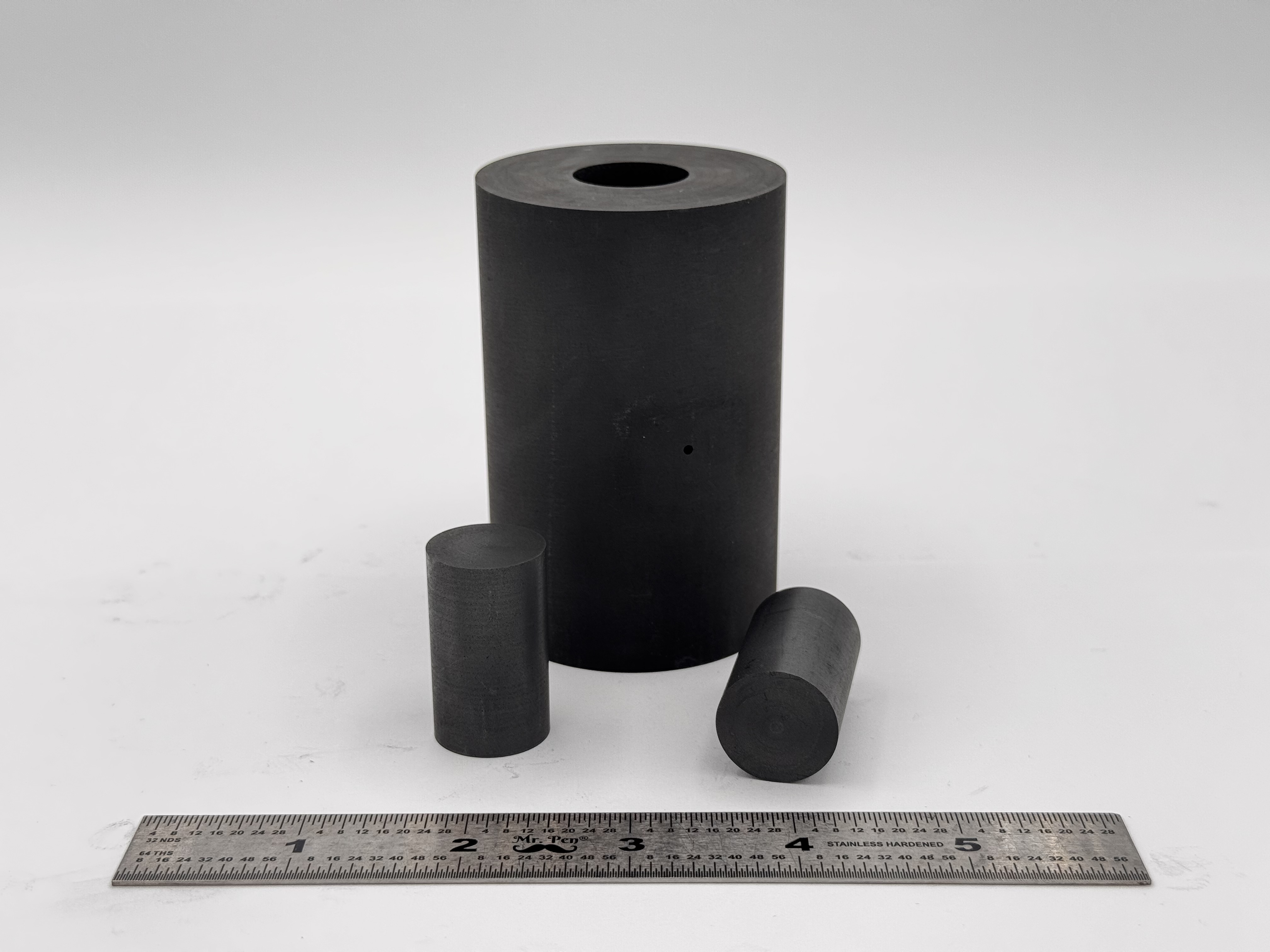 High Strength SPS Graphite Tooling
High Strength SPS Graphite Tooling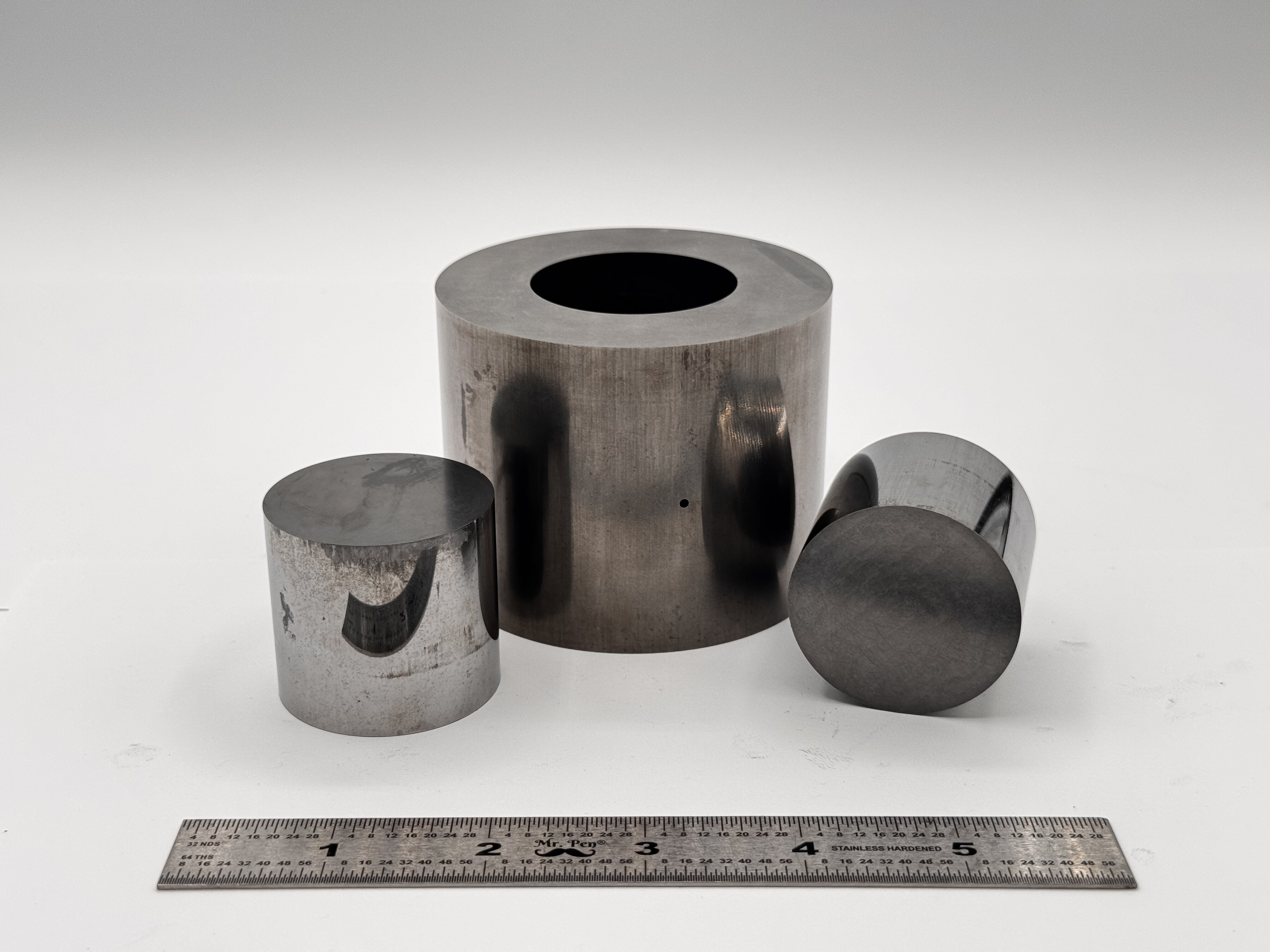 Tungsten Carbide Tooling
Tungsten Carbide Tooling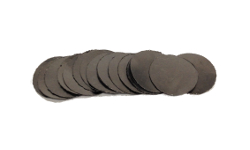 Carbon Graphite Foil / Paper
Carbon Graphite Foil / Paper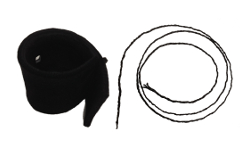 Carbon Felt and Yarn
Carbon Felt and Yarn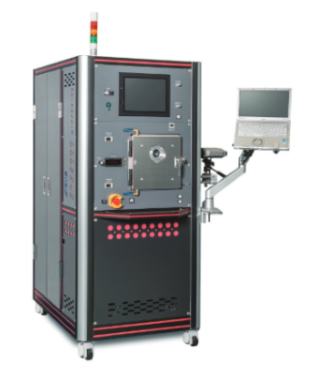 Spark Plasma Sintering Systems
Spark Plasma Sintering Systems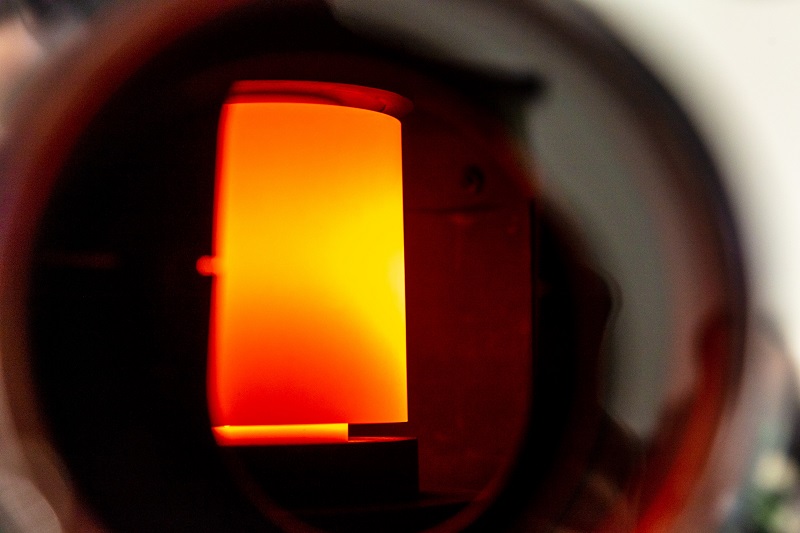 SPS/FAST Modeling Software
SPS/FAST Modeling Software